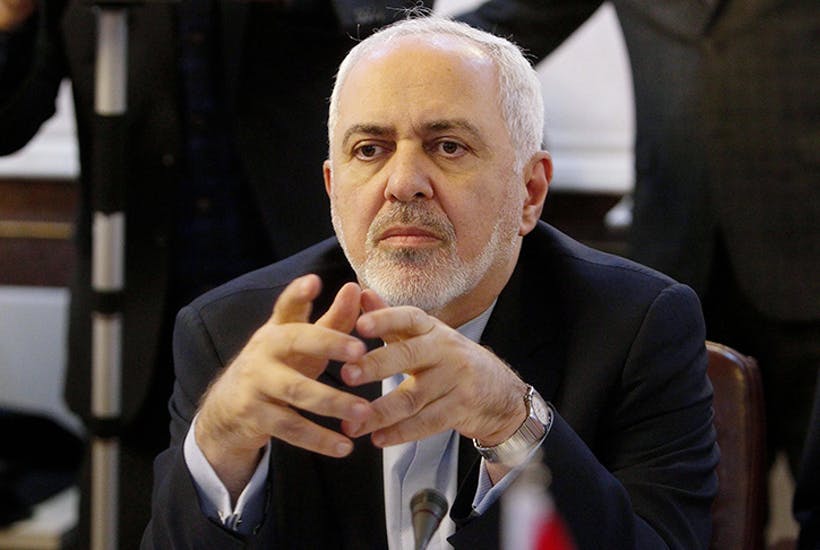On 20 May, Iran’s foreign minister, Mohammad Javad Zarif, predicted that Donald Trump would fail to subdue Iran just as Alexander the Great and Genghis Khan had failed before him. That Alexander burned Persepolis to the ground and Genghis and his descendants wrought devastation before colonising the Persian plateau doesn’t connote defeat in the Iranian long view; neither the Macedonians nor the Mongols were able to extinguish Iran’s vigour and creativity, which reasserted themselves as soon as the invaders had moved on or been assimilated by the superior civilisation around them. ‘Iranians have stood tall for millennia while aggressors all gone (sic),’ was how Zarif concluded his aspersion on American staying power.
The US President had threatened to bring about the ‘official end of Iran’, implying a punitive campaign of Genghis-like ferocity. When you bear in mind that US forces have all but encircled Iran — from the troops at al-Asad in Iraq (nicknamed ‘Camp Cupcake’ for its superior canteen) to a vast air base in Qatar and the berth of the Fifth Fleet in Bahrain — Trump’s latest dispatch of a carrier strike group and some bombers to the region only reinforces the existing disparity in firepower.







Comments
Join the debate for just $5 for 3 months
Be part of the conversation with other Spectator readers by getting your first three months for $5.
UNLOCK ACCESS Just $5 for 3 monthsAlready a subscriber? Log in